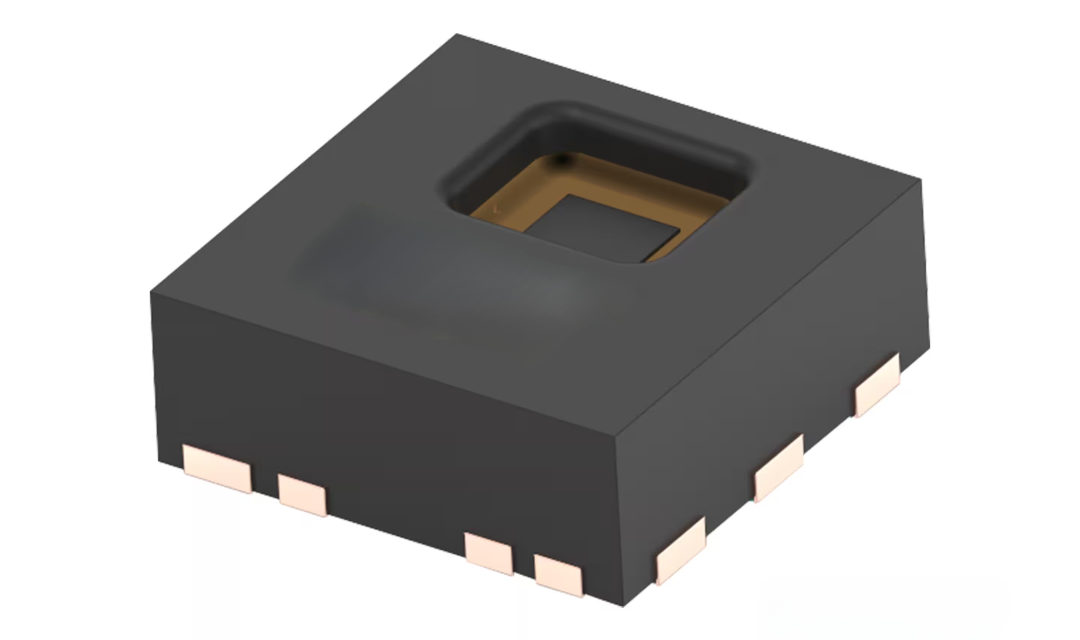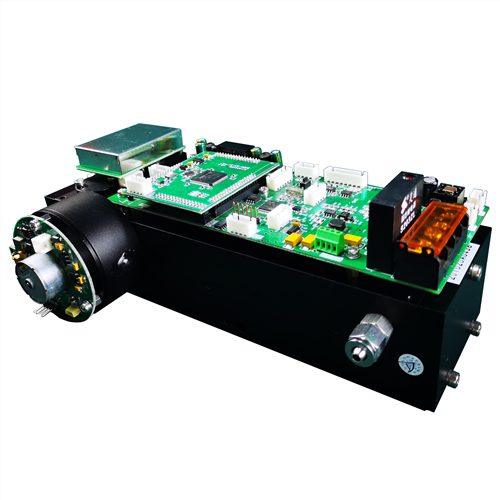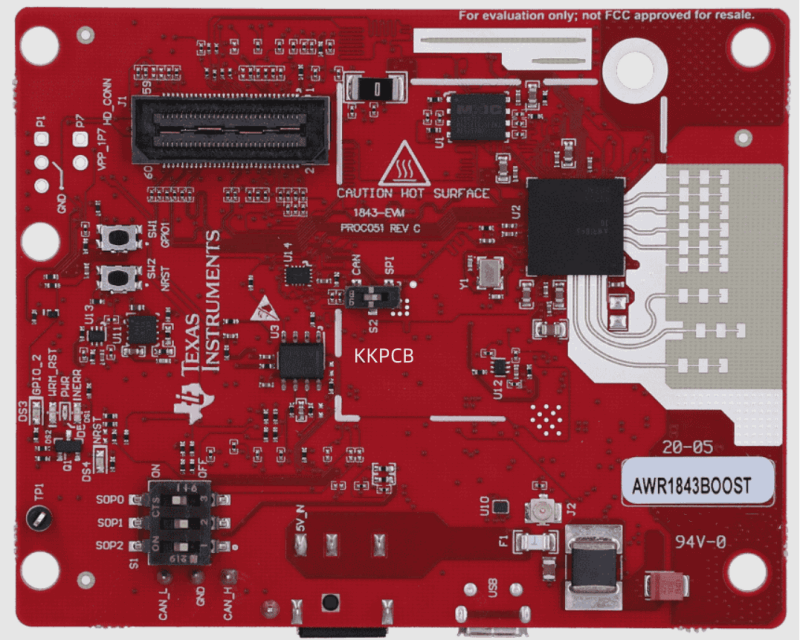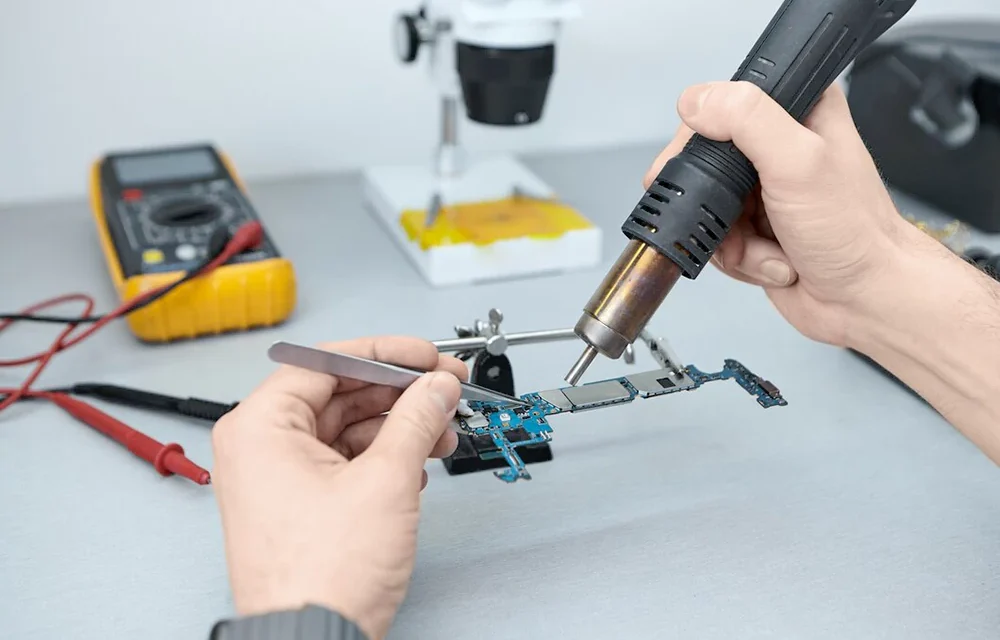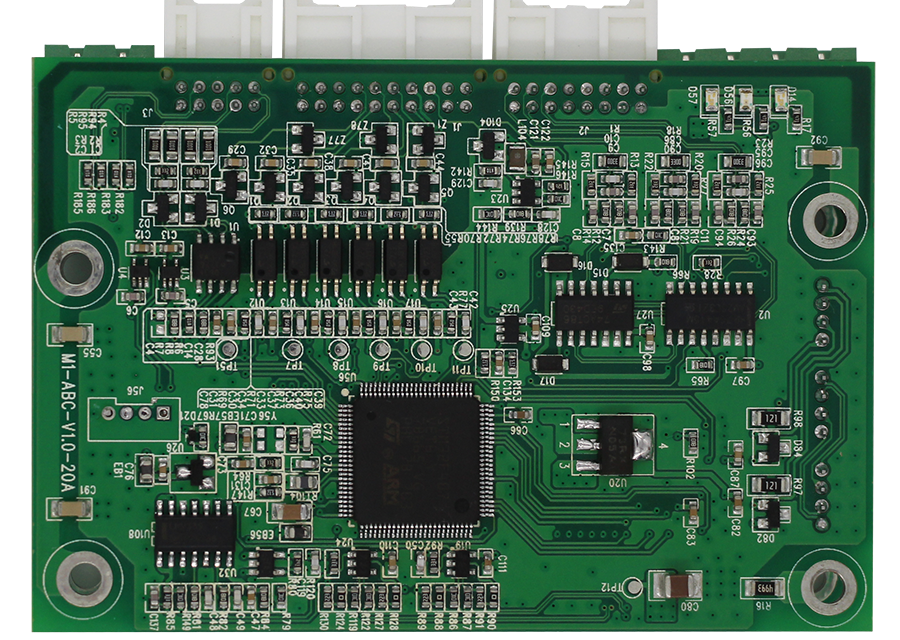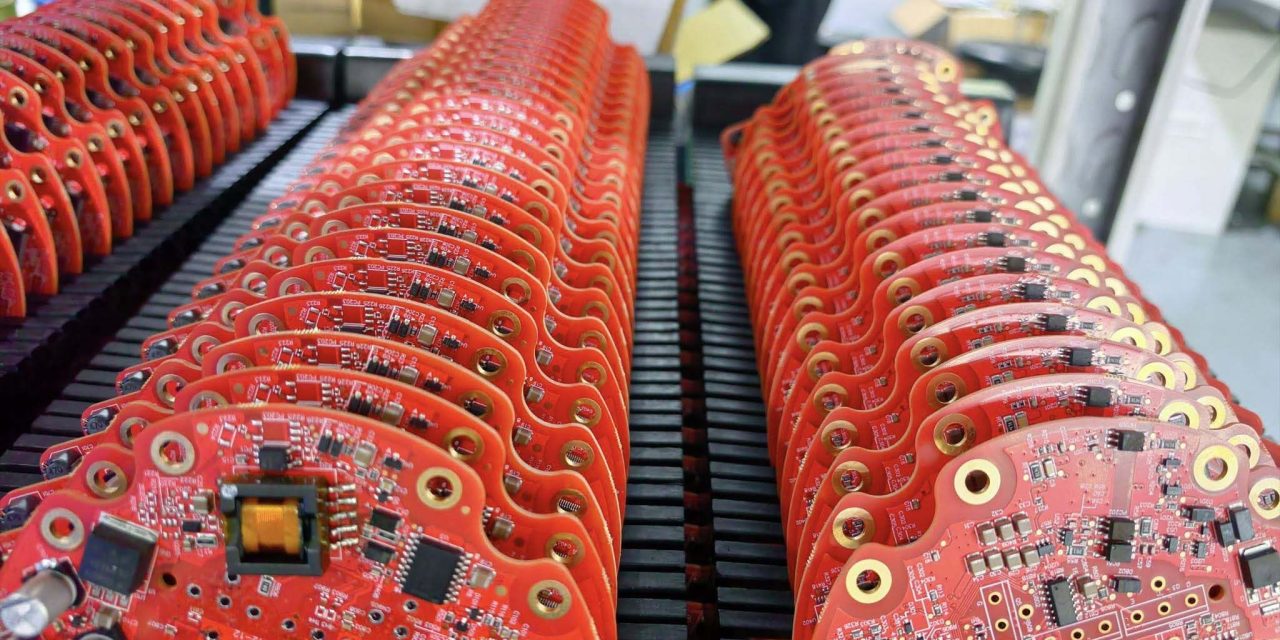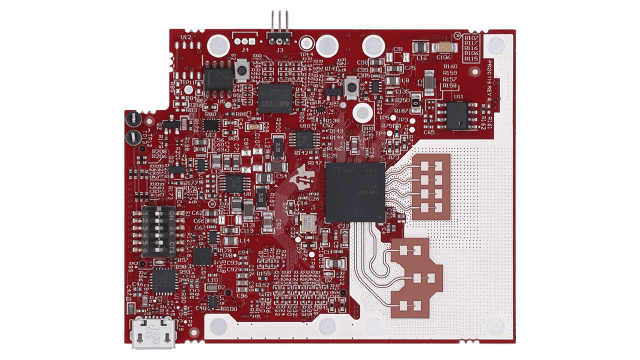KKPCB provides precision PCBA manufacturing and assembly solutions for extreme environments in sewage treatment plants across Europe, America, and the Middle East. Our PCBA solutions ensure high reliability, dust and corrosion resistance, long-term stability, and intelligent control for PLC-based automation systems. Optimized for high temperature, high humidity, and corrosive conditions, our boards support multi-layer HDI designs and advanced Ethernet communication.
HomeCategory
PCB Assembly (PCBA) Services | Turnkey Solutions - KKPCB
1. Background Overview A European client in the industrial automation sector required a compact, highly accurate humidity and temperature sensor solution with stable performance under harsh environmental conditions. To meet this demand, KKPCB was entrusted with providing a reliable, cost-efficient, and fast-delivery PCBA manufacturing solution for this sensor project. 2. Application Scenario The humidity and...
1. Background Overview With the growing demand for smart cities and industrial automation, air quality monitoring systems have become critical in factories, laboratories, smart buildings, and underground facilities. A European client developing a gas sensor module for air quality detection required a high-precision, low-power, and stable PCBA solution with strong anti-interference capability. KKPCB was selected to deliver a customized...
RO4830™ is a hydrocarbon resin-based high-frequency laminate designed for 77 GHz automotive radar, 60 GHz traffic radar, and industrial applications. Low-loss, reliable, and cost-effective, it ensures excellent electrical performance, thermal stability, and precise manufacturability for high-frequency PCB designs.
Learn the differences between flux and solder paste in PCB soldering. Understand their composition, functions, and applications for hand soldering, wave soldering, and SMT assembly. Ensure high-quality, reliable solder joints with KKPCB expertise.
Discover the key differences between SMT and THT PCB assembly. Learn how Surface Mount and Through-Hole technologies impact design, cost, durability, and applications.
Discover how KKPCB delivered a high-reliability servo drive PCBA for a European industrial automation client. Featuring 6–8 layer HDI PCB fabrication, high-TG materials, ENIG finish, optimized thermal design, controlled impedance routing, copper-block heat management, and full SMT + DIP assembly. Achieved 45% EMI improvement, 30%+ uptime increase, <0.2% repair rate, and 12% cost reduction.
Explore Bergquist Thermal Clad® laminates for superior heat dissipation and electrical insulation. Ideal for LED, automotive, and industrial electronics applications.
KKPCB provides high-reliability smart washing machine controller PCBA development for IoT-enabled appliances, enabling remote control, real-time alerts, multi-device management, and energy-efficient operation.
Sensing technology provides companies with an opportunity to enhance functionality in existing products. In the Internet of Things (IoT) space, sensor shipments are projected to increase by almost 20 billion units from 2020 to 2024, with radar sensing growing at a compound annual growth rate of approximately 30%. Interest in TI millimeter-wave (mmWave) radar is rising due to its many advantages, including the ability to operate in challenging environments, avoid privacy concerns, and provide high-resolution range, velocity, and angle information. This article provides insights on optimizing costs associated with mmWave radar sensing solutions, shares real-world examples of new product ideas, and explores actual board design strategies to accelerate development. Cost Reduction Enables New Opportunities For systems already incorporating mmWave radar, reducing costs can create new price points to fill gaps in the product portfolio or provide a more accessible entry point for customers. Lower-cost solutions can justify adding sensing capabilities, delivering new functionality, convenience, and marketable appeal. For example, in building automation, a supplier of automatic doors for retail stores can offer a more affordable automatic door to attract new customers and encourage existing customers to adopt additional features. A lower-cost mmWave radar solution can enable doors to sense directionality as well as presence, reducing energy costs for heating and cooling while minimizing mechanical wear. When reducing costs, trade-offs must be carefully considered to ensure overall product performance is not compromised. Three Key Areas Affecting Cost The main contributors to the cost of a typical mmWave radar board are: Printed Circuit Board (PCB) Design PCB Substrate Materials and Manufacturing Electronic Bill of Materials (eBOM) Below, we explore each area in the context of developing an mmWave radar board based on TI’s IWR6843ABGABL sensor. Simplifying PCB Design From a PCB design perspective, reducing complexity and avoiding high-density interconnects can significantly lower manufacturing costs. Some effective strategies include: Replacing microvias with through vias Avoiding vias on pads These adjustments may slightly increase the overall board size but can lead to up to 40% cost savings, with minimal impact on board footprint. Choosing Cost-Effective PCB Materials While many teams may expect to use specialized Rogers laminates for radar boards, empirical testing at TI shows that using Isola FR408HR for the antenna layer can achieve acceptable performance at a lower cost. Compared to Rogers RO4835, FR408HR offers approximately 30% savings in material costs. FR4/FR408HR laminates are more familiar to PCB manufacturers and more readily available, further reducing fabrication costs. Though using FR4 may slightly reduce maximum radar range (approximately 60% of the Rogers board due to ~8 dB loss), performance can still meet the requirements of typical mmWave radar systems. Range can be compensated by increasing the number of chirps and coherently combining signals, though this involves trade-offs in power consumption, on-chip memory, and processing requirements. Reducing Electronic Bill of Materials (eBOM) The final cost component is the BOM. To optimize cost for non-safety-critical applications, discrete DC-to-DC converters are a cost-effective choice for implementing the power subsystem of the IWR6843AQGABL radar sensor board. For example, the IWR6843LEVM design uses the following fixed-output DC-to-DC devices: TPS628502HQDRLRQ1 TPS6285020MQDRLRQ1 TPS6285018AQDRLRQ1 TPS628503QDRLRQ1 Using these components provides flexibility in design, inventory management, and a reduction in overall system costs. In the TI example, combined cost and area savings of approximately 10% were achieved in the supporting subsystem. Conclusion By optimizing PCB design, materials, and eBOM, companies can reduce costs while opening up new product opportunities and expanding existing product offerings. Applicable markets include: Building automation (e.g., automated doors, lighting systems) Factory automation and robotics (e.g., lawnmowers, wall-mounted AC units) The IWR6843LEVM evaluation module demonstrates these savings in a practical mmWave radar application. Through careful consideration of design, material selection, and BOM, developers can create cost-effective mmWave radar boards without compromising performance, enabling innovative IoT solutions across multiple industries.


